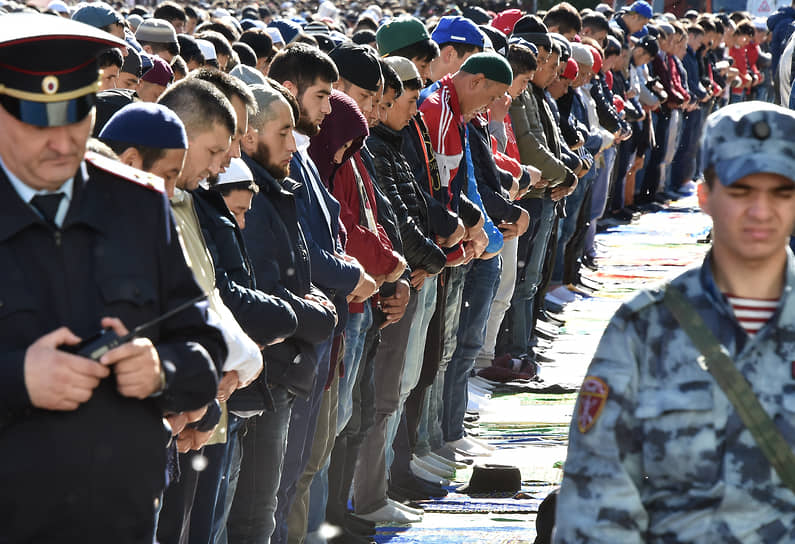The kremlin Disguises Repression As Migrants’ Adaptation
5/15/2025

The rf’s authorities are launching a pilot project to create so-called adaptation centers for migrants in several regions, including Kemerovo and Chelyabinsk regions, the Republics of Tatarstan and Sakha (Yakutia), and the Khabarovsk Krai. According to the official rhetoric – to help foreigners with “social, cultural and legal integration”. The real goal is to control, segregate, and prepare for a new stage of repressive migration policy.
In the future, the kremlin promises to deploy similar centers in all “regions with an increased migration burden” – a wording that leaves a wide margin for arbitrary interpretation and discriminatory selectivity.
As of today, more than six million foreign nationals are registered with the migration service in the rf. The vast majority are labor migrants from Central Asia: Tajikistan (31 %), Kyrgyzstan (10 %), Uzbekistan, Kazakhstan, and Armenia. Most of them are able-bodied people who work in the basic sectors of the russian economy.
Despite its statements about support, moscow invests scant funds in this project. For 2024, only $31.1 thousand was allocated for the cultural and social adaptation of foreigners. At the same time, the new project is estimated at $1.3 million annually – a figure that, against the background of the bureaucratic machine, is more of a symbolic focus on control than a real investment in integration.
The announced creation of a new service for citizenship and registration of foreigners within the structure of the ministry of internal affairs of the rf is of particular concern to diasporas. Given the general trend toward centralization and repressive governance, they should expect a shift from “adaptation” to increased surveillance and, in the long run, severe restrictions on migrants.
Illustrative is the recent failure of educational integration: out of 1,762 migrant children who applied for admission to russian schools, only 335 were allowed to take the language test, that is 81 % were effectively denied access to education.
The rhetoric of “integration” increasingly resembles an attempt to mask growing xenophobia under the guise of caring. The main aim of such anti-migrant measures is to replenish the troops of the aggressor country.
This means that the new “adaptation” centers may become not a “space of assistance” but another stage of systemic pressure on the migrant environment, which already exists on the verge of a legal vacuum.
